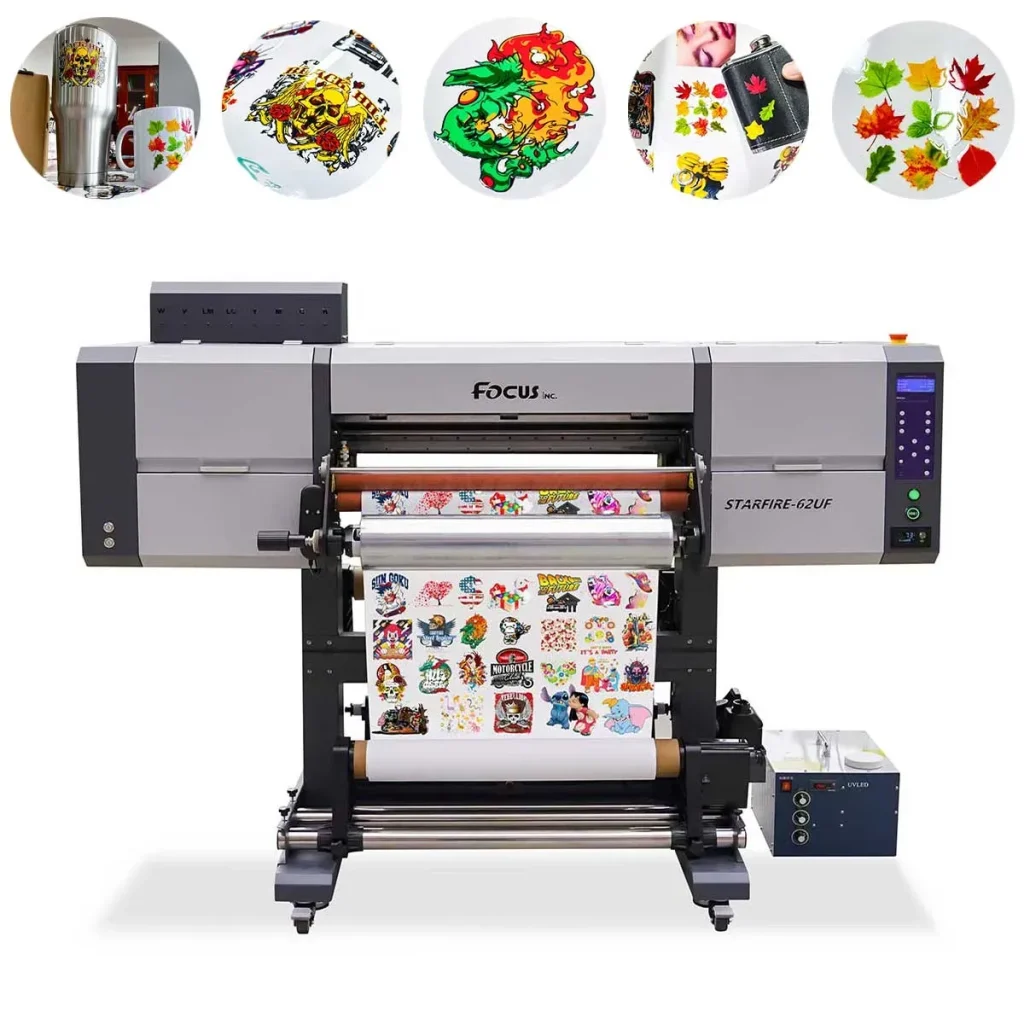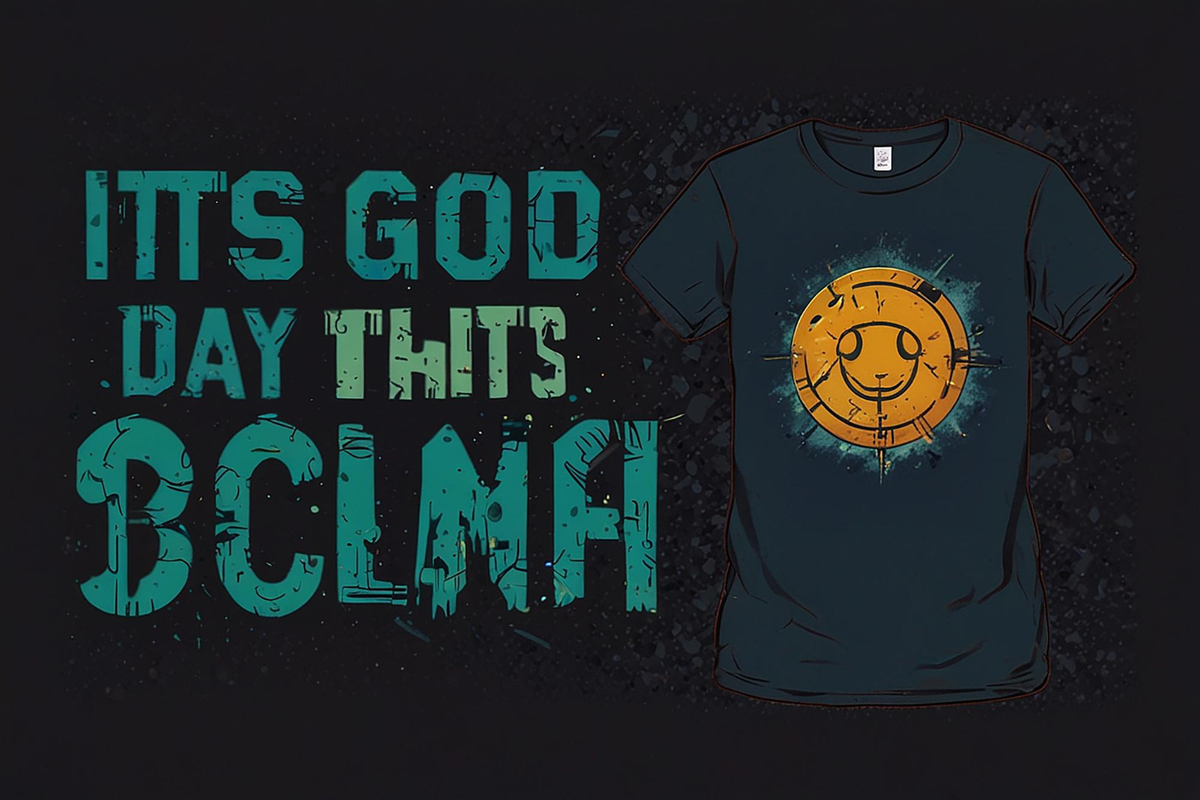In the evolving landscape of the printing industry, UV DTF gang sheet printing stands out for its innovative approach and impressive results. This method leverages the strengths of UV technology while optimizing efficiency through gang sheet techniques, allowing multiple designs to be processed in a single run. By understanding best practices for DTF printing, such as layout optimization and suitable ink selection, printers can achieve superior quality and minimize waste effectively. The vibrant colors and enhanced adhesion offered by UV printing techniques further elevate the appeal of this printing style. Whether you are mastering DTF printing for commercial purposes or creative endeavors, embracing these tips can significantly boost productivity and artistic expression.
UV DTF gang sheet printing, also known as Direct to Film printing using ultraviolet technology, is transforming how designs are applied to various substrates. This innovative method not only maximizes material use but also enhances the vibrancy and durability of prints. Utilizing strategies such as gang sheets enables printers to process diverse images together, streamlining the workflow. As you explore the benefits of gang sheet printing, it becomes evident that understanding the nuances of DTF printing techniques can greatly improve the end results. By applying essential tips and best practices, printers can elevate their craft to new heights.
Understanding Gang Sheet Techniques for Optimal Output
Gang sheet techniques are pivotal in maximizing efficiency in UV DTF printing. By arranging multiple designs on a single transfer film, printers can significantly reduce material waste and printing time. This method not only conserves resources but also enhances productivity, allowing for a greater volume of prints in one go. Each layout requires a strategic approach, taking into consideration the size and orientation of the designs to ensure that they fit seamlessly onto the film without any overlap or wasted space.
Moreover, gang sheet printing enables the production of varied designs simultaneously, catering to diverse client needs without the need for separate runs. This flexibility is particularly beneficial for businesses aiming to meet tight deadlines or manage multi-product orders efficiently. A well-planned gang sheet can transform a complicated printing job into an organized, streamlined process, showcasing the expertise of any professional printer.
Best Practices for Layout Optimization
Optimizing the layout of your gang sheets is critical for maintaining both quality and efficiency in UV DTF printing. Start by utilizing advanced design software that allows you to visualize the arrangement of your graphics. The goal is to maximize the use of available space on the film while still adhering to design principles that ensure clarity and vibrancy in the final prints. Careful attention should be paid to spacing and alignment to avoid misprints and maximize yield.
In addition, consider the positioning of larger designs in a way that they do not overshadow smaller elements. A balanced layout not only contributes to aesthetic appeal but also minimizes wasted film. By mastering layout optimization, printers can create visually striking prints that fully utilize their material resources, ultimately saving time and costs per job.
Maintaining Equipment for Consistent Quality
The maintenance of printing equipment plays a crucial role in the overall quality of your UV DTF gang sheet prints. Schedule regular cleaning of print heads and ensure the ink is properly mixed to prevent any mechanical failures that could lead to poor print quality. Adopting a routine maintenance check can preempt issues such as clogging and alignment problems, resulting in a more reliable output over time.
Moreover, regularly updating printer firmware and software can ensure compatibility with the latest techniques and materials in UV printing. Equipment that is well-maintained not only produces consistent results but also extends its lifespan, ultimately contributing to better financial efficiency in your printing business.
The Importance of High-Quality Transfer Films
Utilizing high-quality transfer films is crucial in achieving vibrant and durable prints in UV DTF gang sheet printing. Premium films are engineered to interact optimally with UV inks, ensuring better adhesion and less risk of fading or peeling post-transfer. When investing in transfer materials, consider films specifically designed for UV applications, as they can withstand the curing process and enhance the overall quality of the print.
Additionally, high-quality films can improve the resolution of printed images, leading to crisp graphics and a superior finish. By selecting the right transfer materials, printers can significantly elevate their product offerings, appealing to clients who prioritize excellence in their printed items. This investment pays off through enhanced customer satisfaction and repeat business.
Essential Tips for Effective DTF Printing
Mastering the intricacies of DTF printing involves a steep learning curve, but implementing essential tips can streamline the process. Start with high-resolution images to ensure that prints maintain their quality, even when enlarged. It’s also vital to check color profiles and set the correct parameters on your printer to accommodate different film types. These basic steps can greatly reduce errors and enhance the final output.
Regular testing of both the printing equipment and the materials used is another key practice. By conducting tests on samples, you can determine the best settings and ink types for your specific projects. This proactive approach helps identify potential issues before they affect production runs, enabling a smoother workflow and boosting overall print quality.
Environmental Considerations for Successful Printing
The environment in which UV DTF printing takes place significantly impacts print quality. Factors such as humidity and temperature can affect ink curing and adhesion on various substrates. To optimize printing conditions, it is essential to maintain a regulated environment that aligns with the recommended standards for both materials and inks. This control minimizes variations in quality and ensures a consistent output from run to run.
By establishing optimum environmental conditions, printers can enhance durability and fidelity in the final prints, ensuring that products not only look great but also withstand the test of time. Implementing measures such as air conditioning or dehumidifiers can greatly improve the workspace, leading to noticeable enhancements in overall printing performance.
Frequently Asked Questions
What are the best practices for UV DTF gang sheet printing?
Mastering UV DTF gang sheet printing involves using high-quality films, optimizing layouts for efficiency, and ensuring an accurate digital setup. These best practices enhance print quality and minimize waste while leveraging the benefits of gang sheet techniques.
How does gang sheet printing improve DTF printing efficiency?
Gang sheet printing allows for multiple designs to be printed on a single sheet, maximizing material usage and reducing print time. This technique significantly improves efficiency in UV DTF printing by streamlining the production process.
What is the significance of selecting the right ink type in UV DTF printing?
Choosing the right ink type, particularly UV inks, is essential in UV DTF printing as they offer quick curing, excellent adhesion, and vibrant colors, which are crucial for high-quality outputs on various substrates.
Why is regular maintenance important for UV DTF gang sheet printing equipment?
Regular maintenance ensures that printers, films, and inks operate efficiently, preventing issues like clogging and inconsistent print quality. This practice is vital for sustaining high standards in UV DTF gang sheet printing.
How can temperature and humidity affect UV DTF printing results?
Environmental control is crucial in UV DTF printing, as temperature and humidity can impact ink behavior and film curing. Maintaining ideal conditions is essential for achieving consistent print fidelity and durability.
What role does staff training play in mastering UV DTF gang sheet printing?
Investing in staff training on DTF printing techniques enhances understanding of best practices and modern technologies, allowing teams to maximize production capabilities and reduce common printing pitfalls.
| Best Practice | Description |
|---|---|
| 1. Grasp the Concept of Gang Sheets | Maximize print medium usage by arranging multiple images on a single film, minimizing waste and print time. |
| 2. Optimize Layout for Efficiency | Arrange graphics to minimize space and allow for the highest number of prints without compromising quality. |
| 3. Ensure an Accurate Digital Setup | Use high-resolution images and correct printer settings to maintain quality and alignment. |
| 4. Utilize High-Quality Films | Choose premium films specifically for UV DTF printing to enhance color and adhesion. |
| 5. Conduct Regular Maintenance on Equipment | Regularly clean and maintain equipment to ensure consistent quality and reduce mechanical issues. |
| 6. Choose the Right Ink Type | Opt for UV inks for better curing, adhesion, and vibrant colors despite higher costs. |
| 7. Monitor Environmental Conditions | Control humidity and temperature to improve ink performance and film curing results. |
| 8. Implement Quality Control Measures | Regular checks on prints to catch discrepancies and maintain overall print quality. |
| 9. Train and Upskill Staff | Provide training and workshops for staff to enhance knowledge and production capabilities. |
| 10. Encourage Experimentation | Encourage testing new techniques and documenting results to innovate within the field. |
Summary
UV DTF Gangheet Printing is revolutionizing the printing industry by combining advanced technology with efficient gang sheet methods. This innovative approach allows printers to maximize efficiency and reduce waste while producing high-quality prints. By mastering the essential best practices, printers can ensure they are well equipped to take on the challenges posed by a competitive market. From understanding the concept of gang sheets to investing in high-quality materials and maintaining equipment, every step plays a crucial role in achieving optimum printing results. As this technology evolves, continuous learning and experimentation will further enhance capabilities, ensuring significant advancements in UV DTF gangheet printing.



